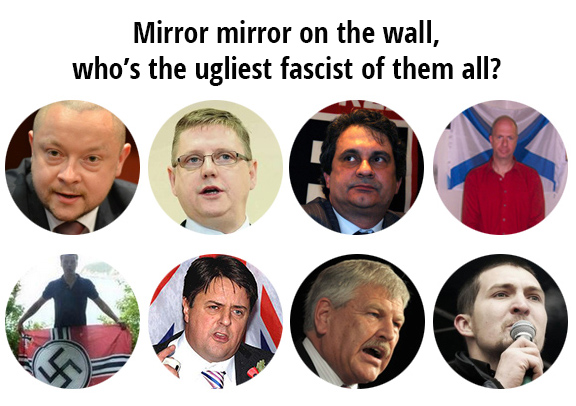Europe these days reminds the author of an episode in UK’s famous “Yes, Prime Minister”. In this specific episode the prime minister is briefed: “Conventional forces are terribly expensive, prime minister. Much cheaper, just press the button.” It turns out neither conventional forces nor the button are functioning.
Europe is exactly in this situation.
Russia has lured western Europe and the US into the strategic mistake (supported by social-democratic/semi-socialist governments) that conventional forces and the military itself are no longer important, NATO forces should not be based in eastern Europe and that Russia is no longer a threat. In the meantime, Russia has built up large conventional forces, re-activated nuclear forces, and militarized society.
Now Europe and the US have to face the consequences.
The lack of European conventional forces and NATO presence in eastern Europe are about to provoke a Russian “Blitzkrieg-style assault” on the Baltic states. There has been some discussion on the possibilities of a Russian hybrid war in this region. This is possible. However, a hybrid war in the Baltics does not make sense if Russia intends to make strategic gains in the region. And there is a very strategic target: The connection of the Russian exclave Kaliningrad with the motherland. Those Russian citizens are watching Russian TV 24/7 and are far more waiting to be rescued from decadent Europe and a possible NATO/US aggression – that can start at any moment according to Russian TV – than any Russsian minority in the Baltic states.
Could Russia be really interested in this option?
Ukraine faces Russian troops to the north-east, east, south (Black Sea) and west (in Transnistria). But right now, Russia lacks the manpower and coordination for a large operation in Ukraine, in particular to establish a land corridor to Crimea.
The January 2015 offensive of the Russian army was a proof for it. The offensive originally concentrated on four sections, but its forces were only able to attack and to win one target at a time. They had to throw most of their forces at the Donetsk airport in January first, and then in February at Debaltseve with its surrounding villages/cities.
Debaltseve was not only a test for the Ukrainian, but also for the Russian army. Russia got the lesson that its army will need several ten thousand troops for a larger operation using the “cannon fooder method”. Hence announcements to mobilize “100.000” in the Donbas and to free 100.000+ prisoners in Russia in the coming months. Minimal reactions of the western world to Russian atrocities against Ukrainian civilians also facilitate “unconventional measures” in the context of a larger operation, such as airstrikes on strategic objects, including a probable shelling of the Zaporizhzhia hydroelectric dam, already ordered by Stalin in 1941
in order to create a natural border between the enemy forces, which at the time cost some ten thousand civilian lives.
But the Baltic states are also surrounded by combat-ready Russian troops. The fortified Kaliningrad is just to the west. To the south, there is Belarus – its army being heavily dependent on Russia, relying on Russian material, instructors, and intelligence (just as Ukraine was prior to the fall of the Yanukovych regime). To the east, only a few kilometers away, the Baltic states face Pskov paratroopers with recent combat experience in the Ukrainian August offensive 2014, and at the Donetsk aiport in December/January 2014 (interestingly, they have been not involved in current fights in Ukraine).
We still have Article 5. It obliges NATO members to help the Baltic states in the case of an outside military aggression. But action will take its time as NATO is a highly bureaucratic organization. Thus, a Russian “Blitzkrieg” with the use of conventional forces has the advantage over a hybrid war-scenario that it prevents an adequate NATO reaction and will offer a convenient excuse for NATO members to refuse help. This especially concerns German leaders and the US administration who have preferred appeasement to deterrence.
Europe might be confronted with the loss of some parts of the EU such as Ukraine was confronted with the loss of Crimea.
Is this possible in the future? It is. It will be much easier to open up a large land corridor in the Baltics than in Ukraine in order to secure Russian influences, and – probably even more important – it will show the world that NATO has failed and show the Russian citizens its army has successfully countered a NATO aggression.
What can the Baltic states do?
Little. Estonia had neither tanks nor Javelins
. Latvia has three tanks and 971 professional soldiers. Lithuania’s few thousand soliders have 40 Javelin anti-tank missiles at their disposition. They will have to aim pretty good in order to stop an advance of the Russian army.
Call this an open invitation.





